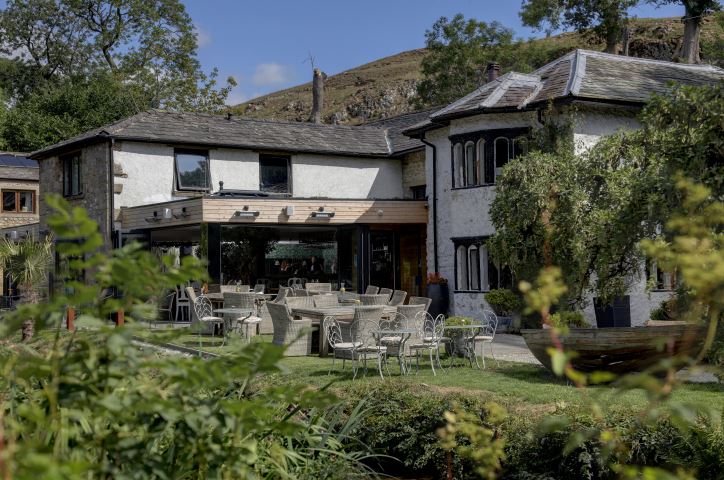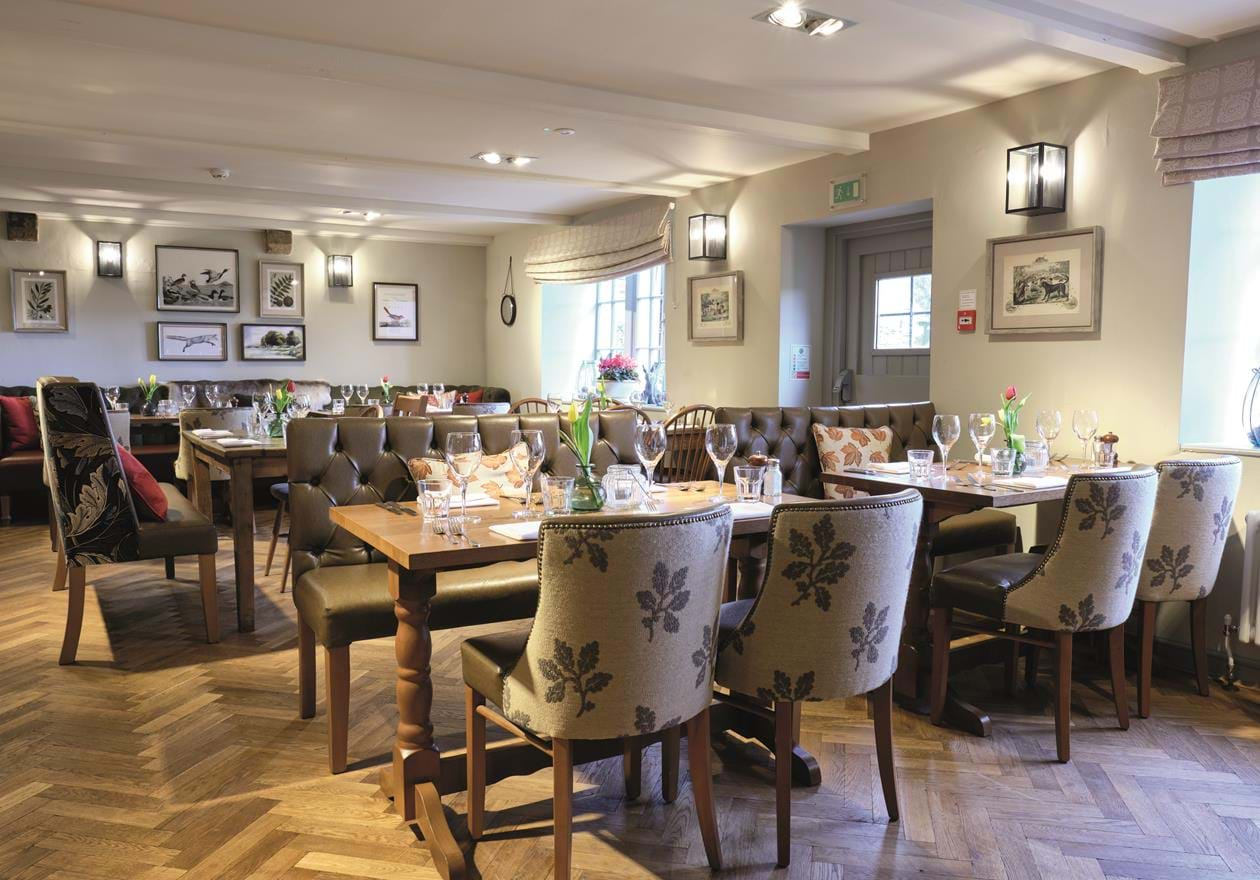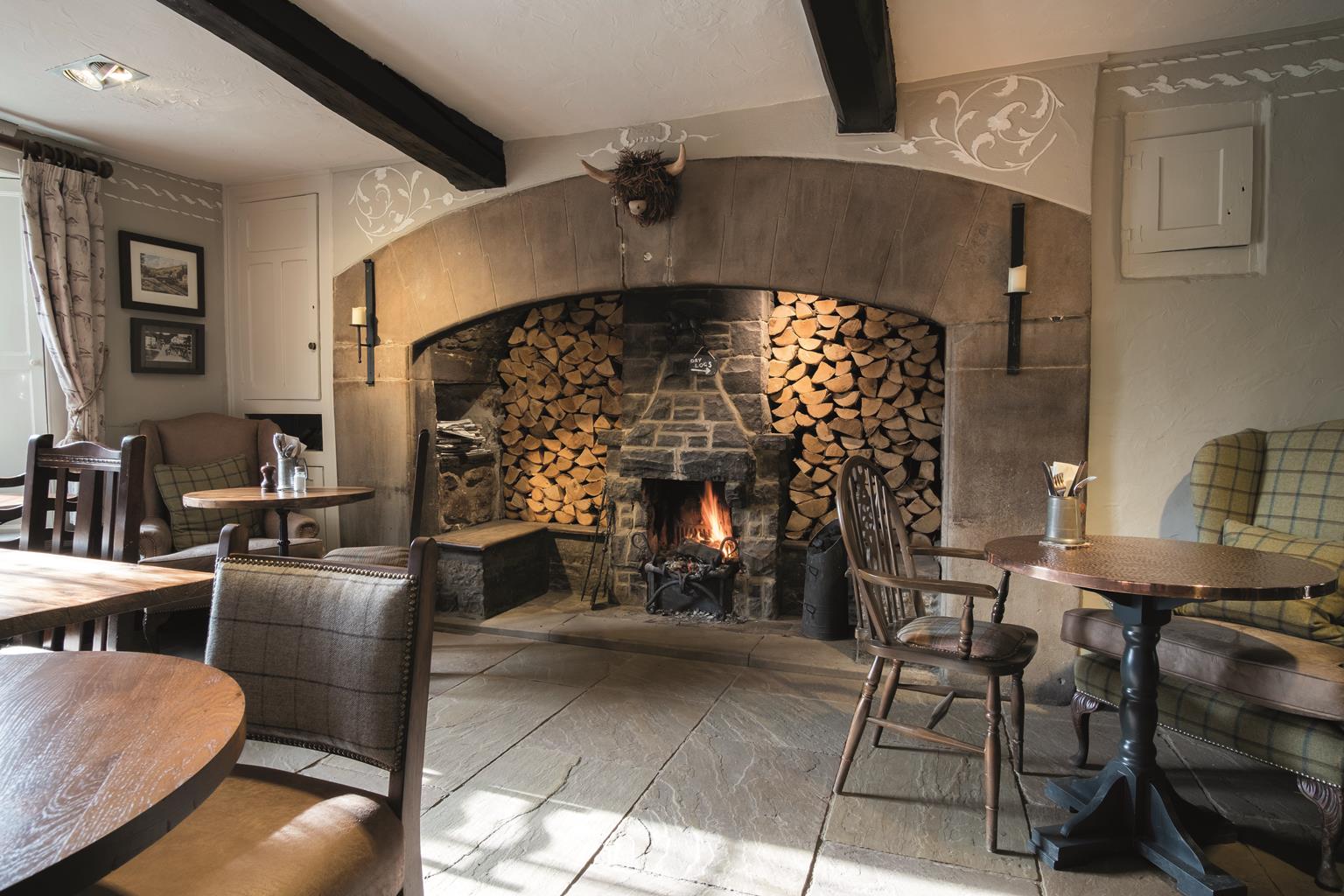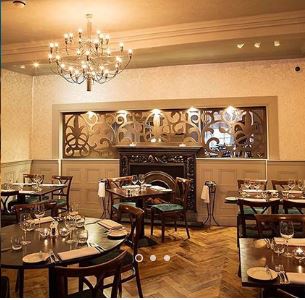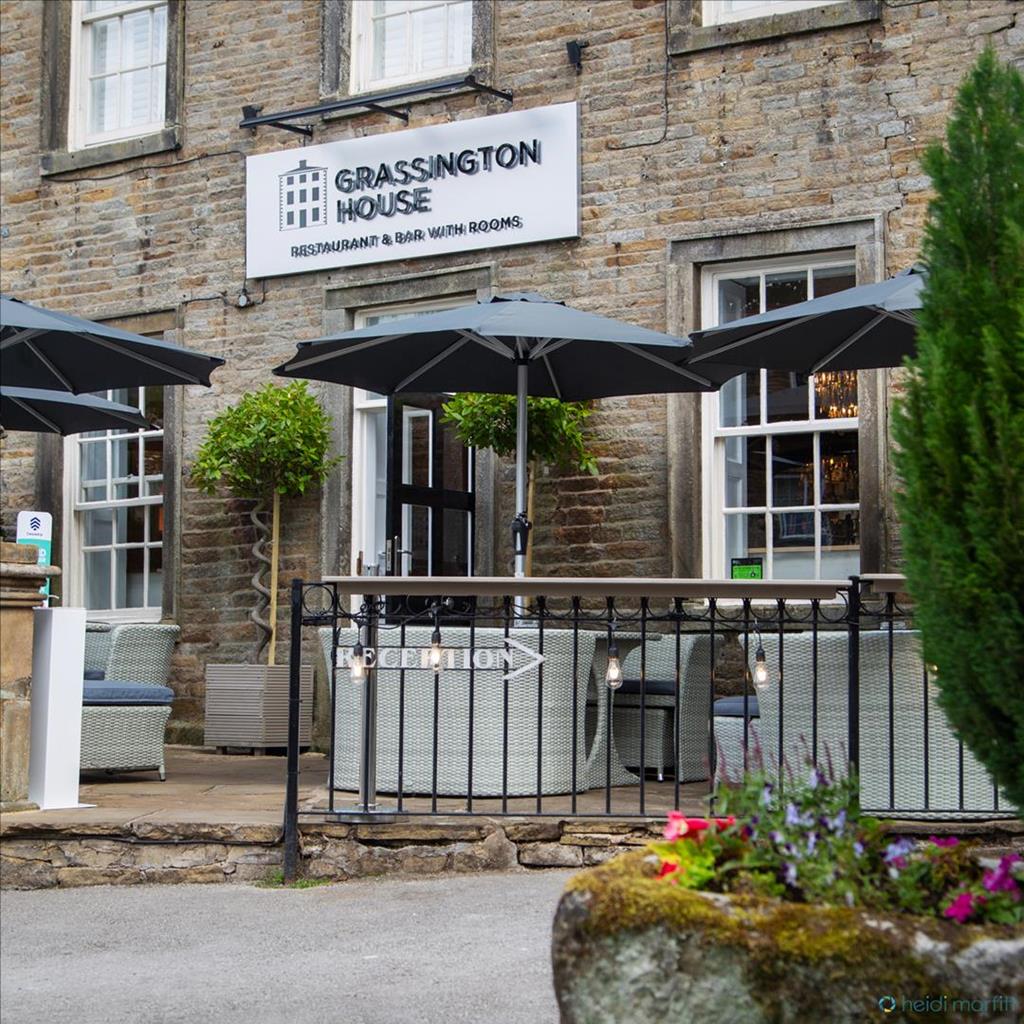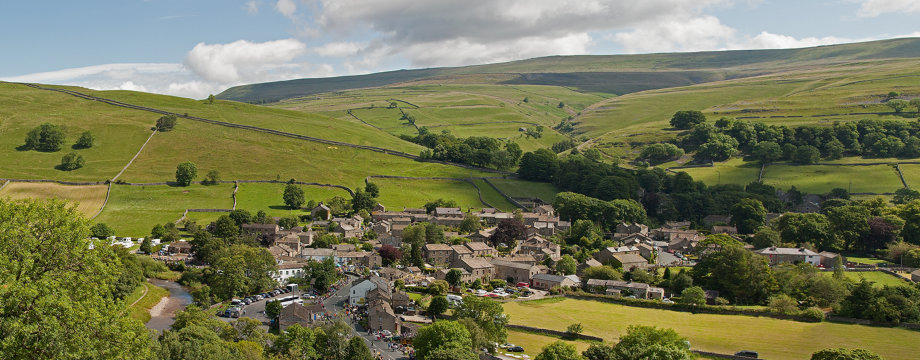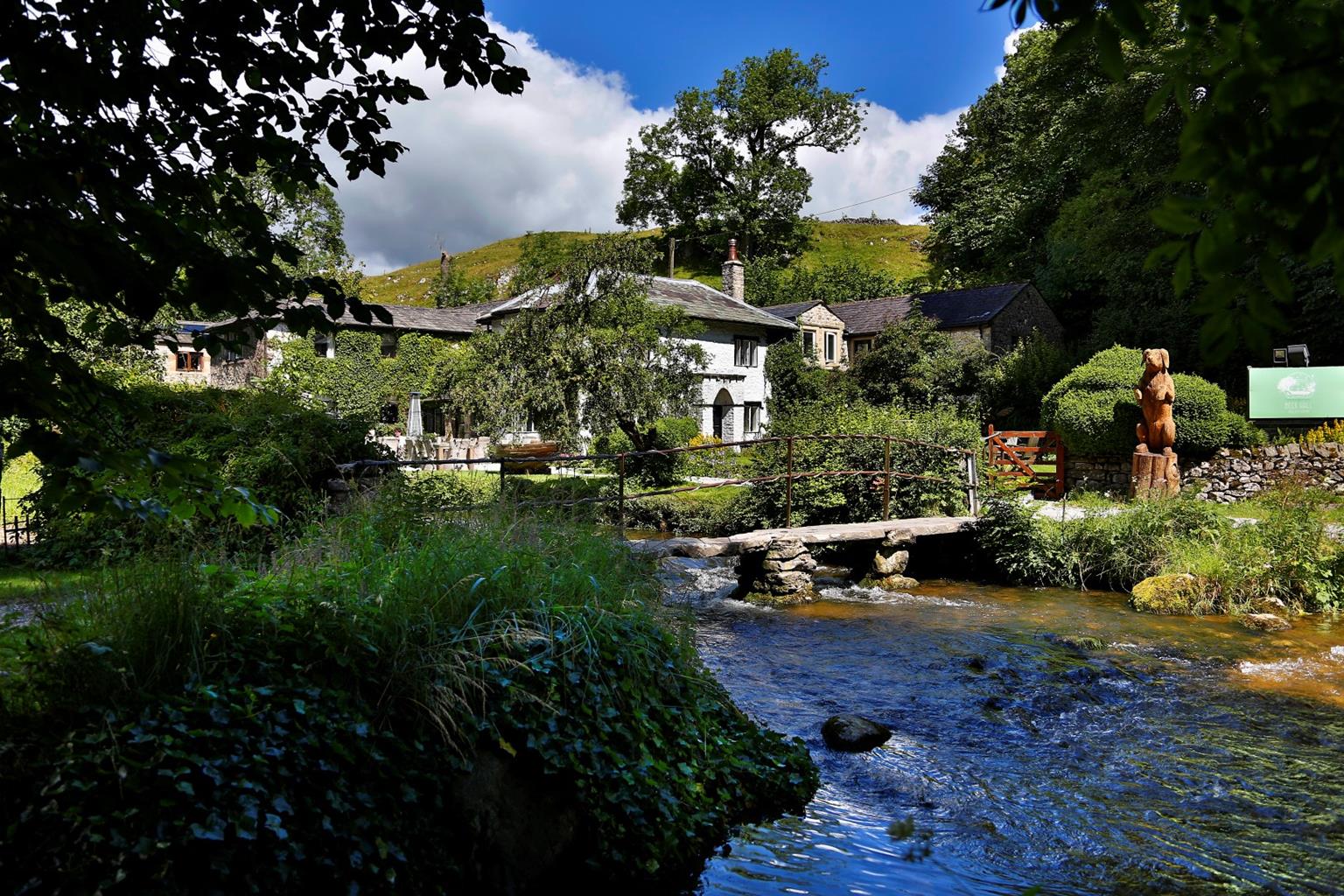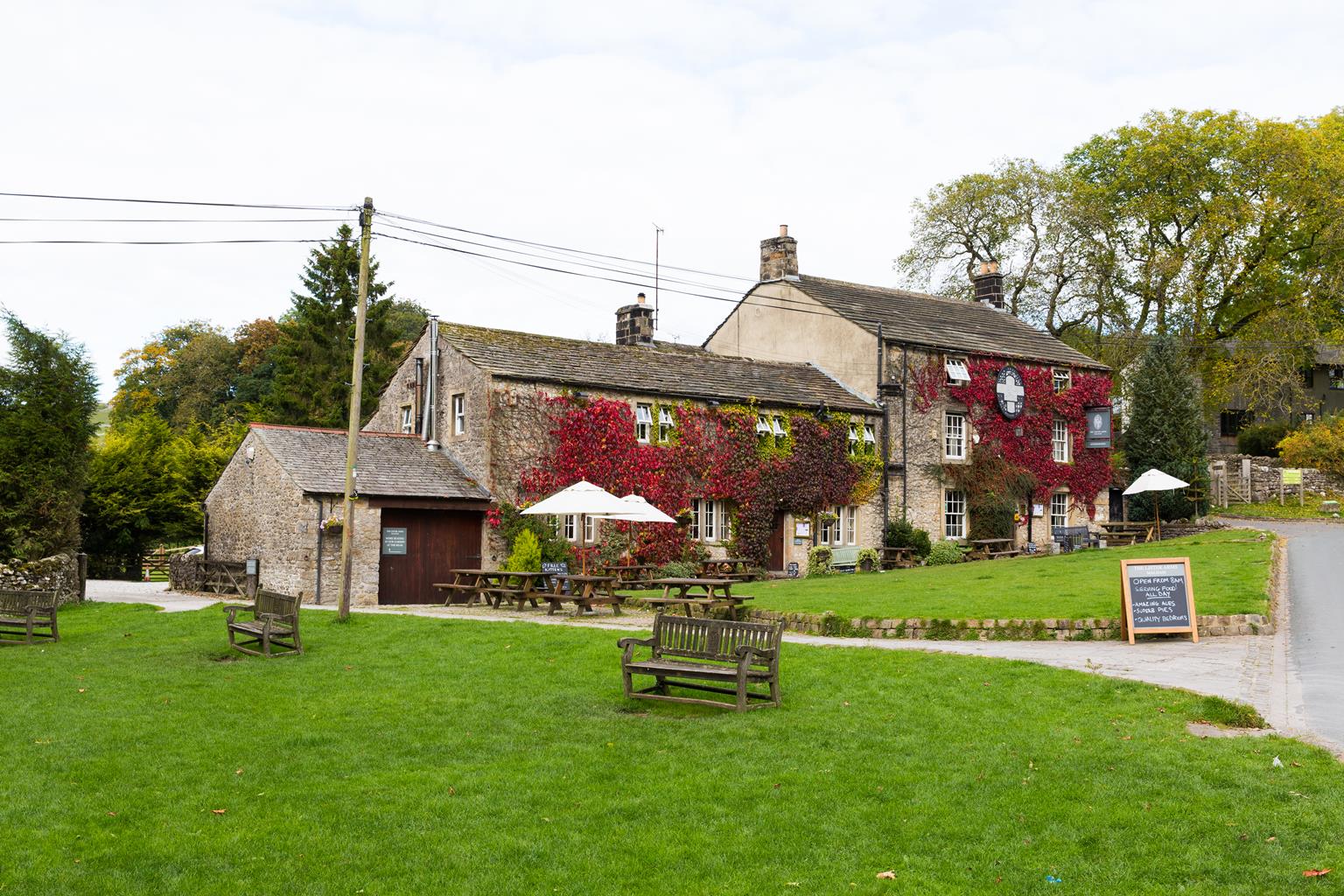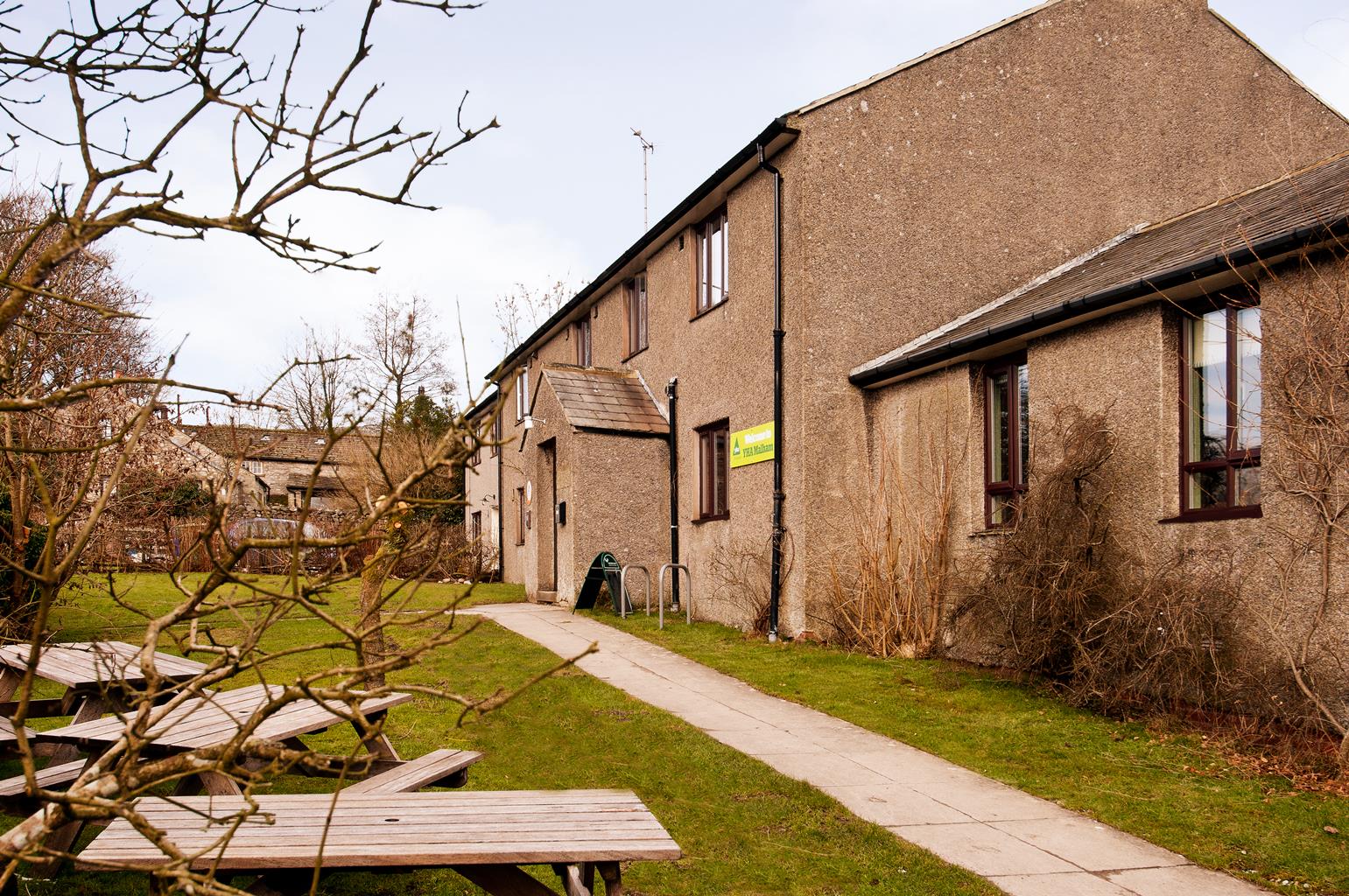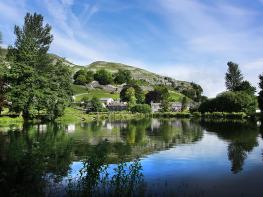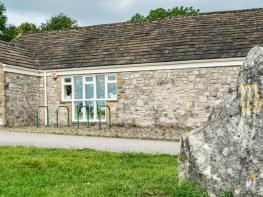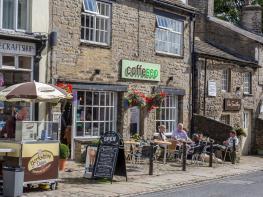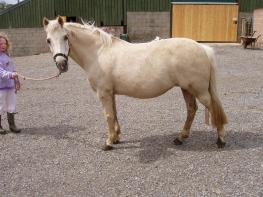Created from former farm fields, this superb camping site has stunning countryside views and is…
Arncliffe and Littondale

6.5 miles (10.4kms)
About the walk
The village of Arncliffe may look familiar to long-time Emmerdale fans, for the opening titles for many years featured views of the village, and in the programme's very early days it was used as a film location. The cameras have long departed, leaving visitors space to appreciate Arncliffe's spectacular setting.
Great limestone scars – once the home to eagles who gave the village its name – line the hillsides all around, and the fells are riddled with caves and gulleys. Arncliffe sits on a great spit of gravel, above the floodplain of the River Skirfare. Before the building of the bridge, a ford allowed travellers an easy crossing for the many ancient tracks that converge here. Some of the tracks may be prehistoric; there is evidence south of the village of Celtic field systems and stone enclosures.
Flodden and a Challenging Cleric
St Oswald's Church may have been Saxon in origin, but nothing remains of that or its Norman successor. The tower is 15th-century, while the rest was rebuilt in both the 18th and 19th centuries. The village records stretch back a long way however; the church retains a list of 34 men from the parish who went north from here in 1513 to fight the Scots at the Battle of Flodden. In the churchyard is a simple stone memorial to John Robinson, Bishop of Woolwich, who caused a theological stir with his book Honest to God, published in 1963.
In Bridge House, close by, Charles Kingsley wrote part of The Water Babies – his Vendale is Littondale. Arncliffe's houses, built of local stone, are set informally around the church and the green. There is some suggestion that it may have been initially a planned village, set here by monks who were clearing people off the surrounding land so that farming could be carried out more profitably.
Leaving Arncliffe, you will almost immediately begin the long climb up the hillside to Park Scar. The path passes through a patch of ancient woodland, Byre Bank Wood, which has regenerated itself with little management or felling for centuries, because of its precarious foothold on a steep bank. There are rare plants and flowers to be found among the trees. The descent to Kettlewell takes you through The Slit, a narrow cleft in the limestone rocks above the village, while approach to Hawkswick gives views over Littondale, much of which is a conservation area. The fields are managed as wildflower meadows that provide winter fodder for the cattle.
Littondale is also a must for ornithologists – look out for curlews, peregrine falcons and redshanks, as well as dippers, oystercatchers and yellow wagtails.
Walk directions
From outside the church, cross the bridge and turn immediately right, over a gated stile. Walk parallel with the river, cross the road via two stiles, then bear right and follow the footpath uphill over a stile and through a gate. Continue up in the same direction through the woods of Park Scar, with one short zig-zag near the top, to a stile.
Bear right and follow the footpath to another stile. Keep the same heading to pass a signpost, a tumbled wall and then another signpost. The path bears left, crosses a line of shakeholes and continues via a stile to another stile on the ridge.
Descend on the same heading. The path passes more shakeholes and descends beside a wall to a ladder stile. Follow the path down, descending steeply to a signpost. Cross a track and reach another signpost above a limestone scar overlooking Kettlewell. Descend a narrow cleft (The Slit), then descend to a track. Turn right and walk to the road (B6160).
Turn right for 300yds (274m), then go right through a gate by a fingerpost, bearing right again at another sign. Climb through woodland, go through a gate, then bear right and up to a small ruin. Continue along the edge of trees and round to a gateway beside a stile. Bear left to another stile then ascend the grassy path, keeping right where it forks, along a broad shelf. Eventually reach another stile and begin to descend, bending right by a cairn.
At a track junction continue ahead, with a wall on your left. The track leads down into Hawkswick village. On the outskirts go left, curve right between buildings and descend to the lane.
Cross the bridge and follow the lane round right. Just before farm buildings on the left, turn right towards a footbridge; turn left before it at the 'Arncliffe' sign. Follow the river to a footbridge over a side-stream and continue to a double gate. The path bears slightly away from the river to a gate. Cross the field beyond, skirting a steep bank above the river, to another footbridge.
Walk past a barn and through a gate, then bear left to a squeeze stile and cross a track. From the next stile bear slightly right to rejoin the river. Follow the path, with plentiful waymarkers and signs, to emerge by the churchyard and return to the start point.
Additional information
Mostly clear, some rocky sections, may be muddy, 16 stiles
Rocky hillside, moorland and meadows
On leads – sheep in fields and on moorland
OS Explorer OL2 Yorkshire Dales - Southern & Western Areas
In Arncliffe, near church
In Kettlewell (just off route)
WALKING IN SAFETY
Read our tips to look after yourself and the environment when following this walk.
Find out more
Also in the area
About the area
Discover North Yorkshire
North Yorkshire, with its two National Parks and two designated Areas of Outstanding Natural Beauty, is England’s largest county and one of the most rural. This is prime walking country, from the heather-clad heights of the North York Moors to the limestone country that is so typical of the Yorkshire Dales – a place of contrasts and discoveries, of history and legend.
The coastline offers its own treasures, from the fishing villages of Staithes and Robin Hood Bay to Scarborough, one time Regency spa and Victorian bathing resort. In the 1890s, the quaint but bustling town of Whitby provided inspiration for Bram Stoker, who set much of his novel, Dracula, in the town. Wizarding enthusiasts head to the village of Goathland, which is the setting for the Hogwarts Express stop at Hogsmeade station in the Harry Potter films.
York is a city of immense historical significance. It was capital of the British province under the Romans in AD 71, a Viking settlement in the 10th century, and in the Middle Ages its prosperity depended on the wool trade. Its city walls date from the 14th century and are among the finest in Europe. However, the gothic Minster, built between 1220 and 1470, is York’s crowning glory.
Nearby stays
Restaurants and Pubs
Nearby experiences
Recommended things to do
Why choose Rated Trips?
Your trusted guide to rated places across the UK
The best coverage
Discover more than 15,000 professionally rated places to stay, eat and visit from across the UK and Ireland.
Quality assured
Choose a place to stay safe in the knowledge that it has been expertly assessed by trained assessors.
Plan your next trip
Search by location or the type of place you're visiting to find your next ideal holiday experience.
Travel inspiration
Read our articles, city guides and recommended things to do for inspiration. We're here to help you explore the UK.

